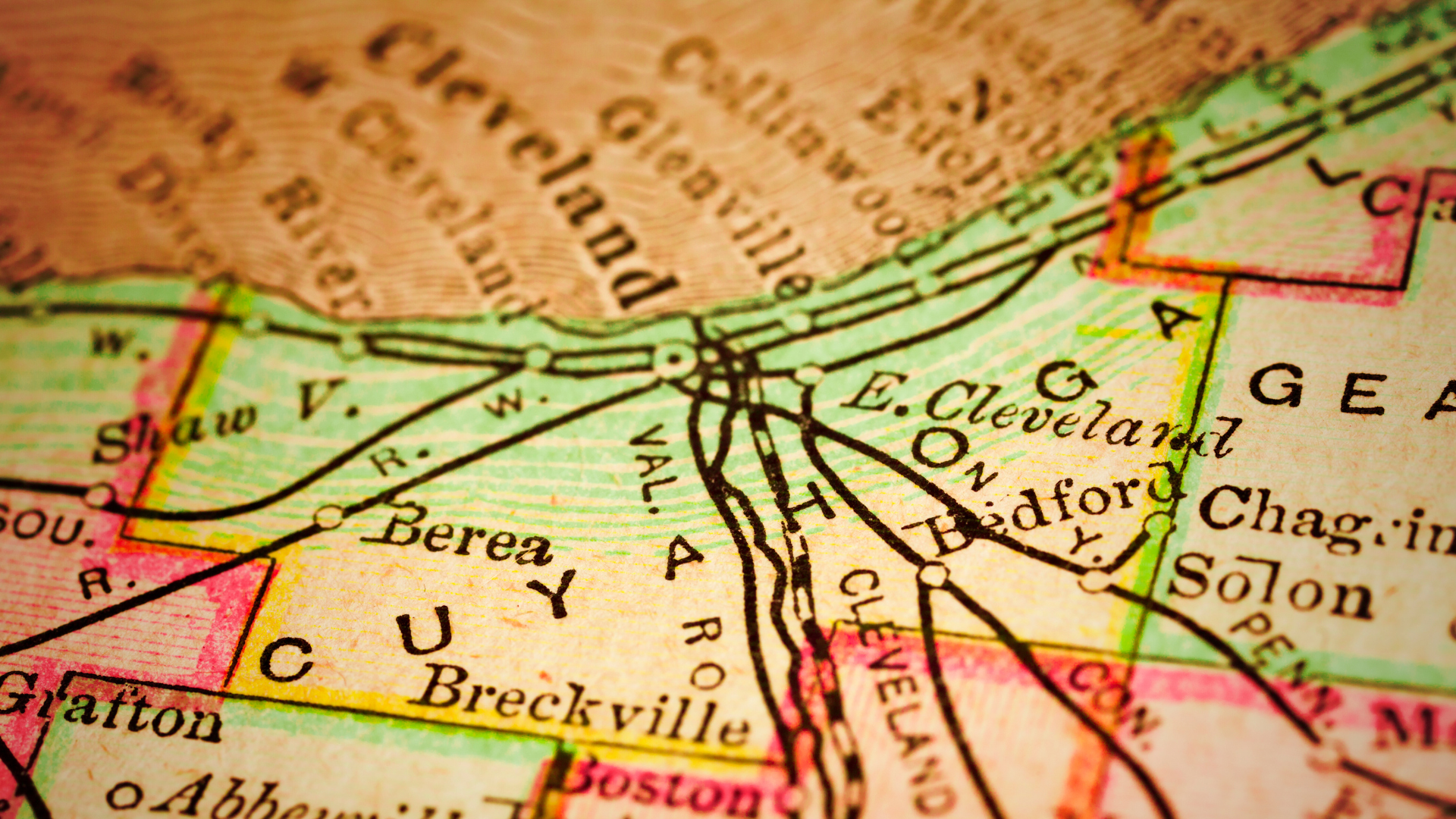It’s all right to tell a man to lift himself by his own bootstraps, but it is a cruel jest to say to a bootless man that he ought to lift himself by his own bootstraps.
― Martin Luther King Jr.

Dr. Ulysses Tarter and Mrs. Ellen Tarter
Earlier this month, the staff at The Center for Community Solutions had a conversation about a New York Times article which described instances where Black Americans, when faced with discrimination and racism, formed their own medical organizations in response. The article pointed out institutions such as Howard Medical School and Meharry Medical College as examples of this resiliency. One of those institutions, Meharry Medical College, was the first medical school for African-Americans in the South. Since then, it has become the largest[1] private Historically Black College and University (HBCU) to focus solely on the advancement of health care professionals and scientists. I was so proud to see Meharry mentioned, as I have personal family history with Meharry. My great-grandfather, Dr. Ulysses S. Tarter, was a 1908 graduate of Meharry.[2] To this day, a picture of his graduating class remains framed in my grandmother’s apartment.
It got me thinking about an exhibit hosted by Cleveland Neighborhood Progress, called “Undesign the Redline.” Last February, Community Solutions’ staff had an opportunity to experience this powerful collection of stories and data that spelled out how historical public-policy decisions, as well as institutional racism and systemic injustice, played a role in shaping the lives of individuals in Greater Cleveland. From housing, to transportation, to health outcomes and education, racial disparities have shaped communities across the city, and many of those barriers continue to present day. There are physical reminders of these decisions, such as the Shaker barricades, as well as the intangible barriers such as recently-released research showing the disproportional negative impacts on Ohio’s Black citizens in voting roll ‘purges.’[3]
From housing, to transportation, to health outcomes and education, racial disparities have shaped communities across the city, and many of those barriers continue to present day.
A graphic that was a part of the “Undesign the Redline” exhibit stuck out to me in a powerful way. On one of the charts was a timeline that went back 200 years. Above the timeline, the chart listed racist systems in place at each moment in history, and the impacts they had on Black Americans and other minority groups including Native Americans and Latinos. Whether it was slavery, the Black Codes, fugitive slave or Jim Crow laws, each oppressive force was listed on top of that timeline. But dramatically, underneath that timeline, was the community response. It showed instances of where people organized, marched or created civic institutions in response.

Undesign the Redline, Cleveland Neighborhood Progress (Photo by Will Tarter Jr.)[/caption]
When reflecting on my own family history, I was told of these stories of resiliency. Whether it was hearing about Dr. Tarter bartering with other members of the Black community in Cleveland for goods and services, to stories about my grandmother who served her country in the Cadet Nurse Corps, before working at Cleveland’s Mt. Sinai Hospital, who had to endure the practice of changing bus seats when the bus passed the Mason-Dixon Line as she headed to Tuskegee.
Why do you keep focusing on race?
Looking at the present day, a lot of people wonder aloud “Why do you keep focusing on race?” The reality is that racial disparities continue to play a prominent role in policy decisions, where systems still produce barriers to individual success and hurdles for local communities to thrive, despite one’s individual drive to overcome them. Even just looking at Greater Cleveland, racial disparities continue to exist in lending, housing and zoning, voting, criminal charges, education, life expectancy, infant and maternal health and other measurements of community health. I am grateful that Community Solutions has included racial equity as a critical component of its organizational strategic plan. This will allow the organization to raise awareness and to identify solutions that can close some of these disparities. Neighborhoods and community leaders across Greater Cleveland continue to show resiliency by creating, organizing and advocating to change public policy to impact these outcomes.
Even though individually we may not understand how our roles may contribute to systemic inequality, we must acknowledge that the fight against racism and xenophobia continues to this very day.
Moving forward, I want to charge you the reader to examine your place in history in the fight for equality and justice. As you go through your life, think about ways in which you can individually, and collectively, raise awareness and work to fight systemic oppression and racism - not just during Black History Month. Even though individually we may not understand how our roles may contribute to systemic inequality, we must acknowledge that the fight against racism and xenophobia continues to this very day. Our mission is to raise our voices, no matter our race, and pursue racially equality - just as those ancestors who came before us did. Eradicating these barriers can increase the possibility that individuals reach their potential and create communities that thrive. Though my ancestors may have never envisioned the advancements between then and now, the fight continues to show that same resiliency -- to strive for a more perfect union, so that we may be able to set the example for future generations to come. I hope we make them proud.

Photo Courtesy: Smithsonian National Museum of African American History and Culture[/caption]

Pictured: Community Solutions’ staff and board members touring Un-design the Redline
[1] https://www.bizjournals.com/nashville/stories/2008/05/05/daily14.html
[2] Biographical Dictionary of American Physicians of African Ancestry, 1800-1920, page 311.
[3] https://www.usatoday.com/in-depth/news/investigations/2020/01/22/errors-ohio-voter-registration-purge-prompt-call-change/4490821002/








.png)